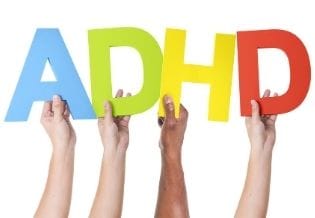Retracted Article
Article Type: Research Article
Author Contributions
Received 20 Feb 2024;
Accepted 10 Oct 2024;
Published 10 Jan 2025;
Copyright © 2025 Retracted
License
 This is an open-access article distributed under the terms of the Creative Commons Attribution License, which permits unrestricted use, distribution, and reproduction in any medium, provided the original author and source are credited.
This is an open-access article distributed under the terms of the Creative Commons Attribution License, which permits unrestricted use, distribution, and reproduction in any medium, provided the original author and source are credited.
Citation:
Retracted
(2025) Retracted Article. Journal of ADHD and Care - 1(1):35-48.
https://doi.org/10.14302/issn.3066-8042.jac-24-4989
